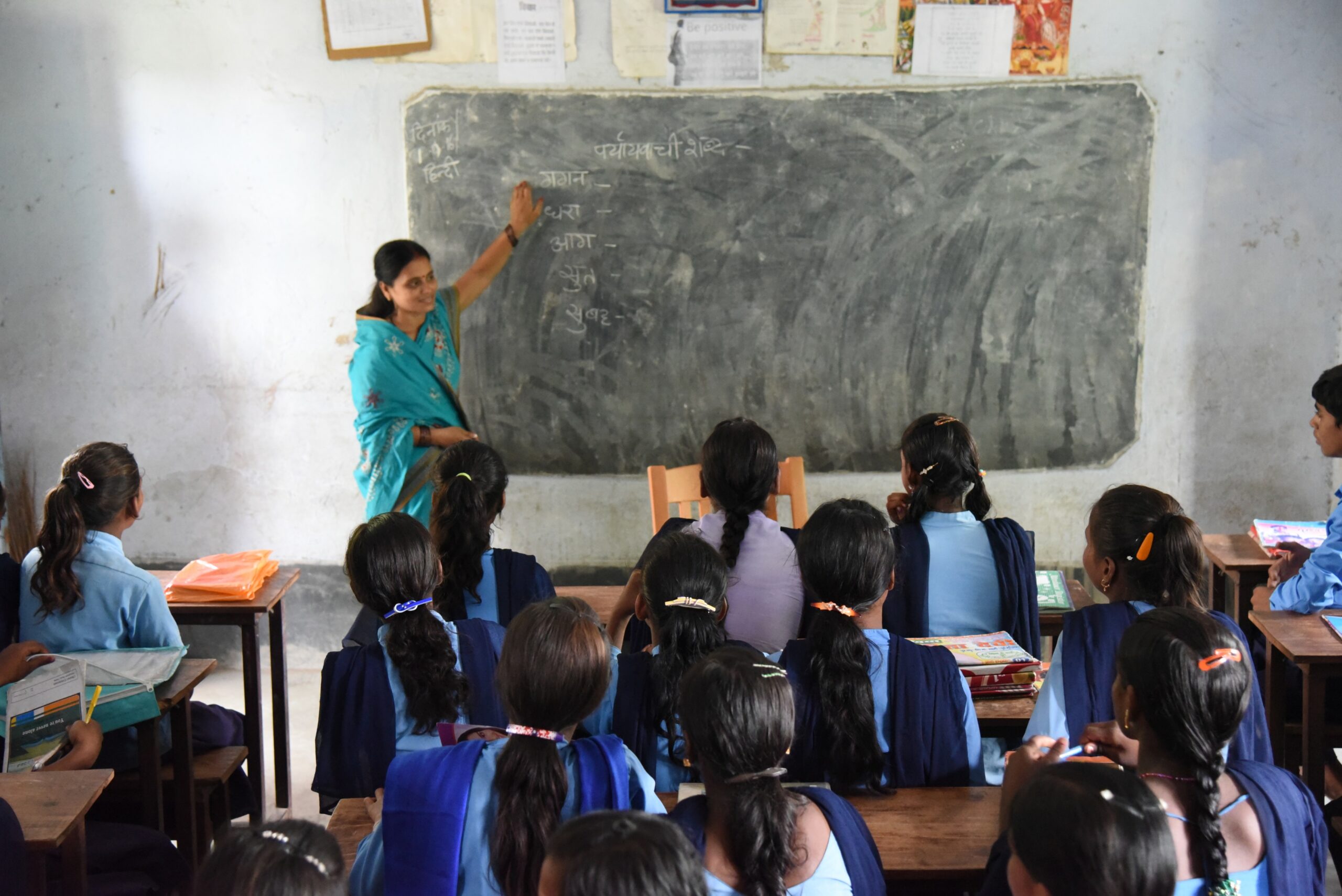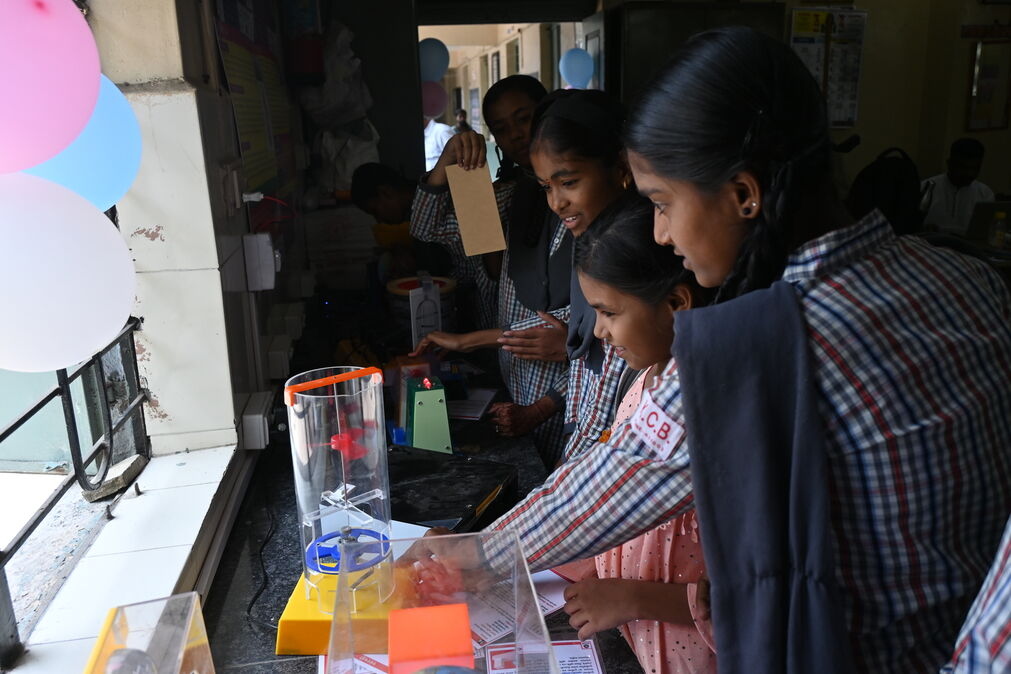
Why Does Early Childhood Education Matter for India’s Future?
Summary/TL;DRThe importance of early childhood education (ECE) in India is critical for shaping the nation’s future. Quality ECE fosters cognit....
Read MoreScience, Technology, Engineering, and Mathematics (STEM) education is essential for the future of every child. Yet, STEM education challenges persist in India, particularly among children from underserved communities. Solving these issues is key to building an inclusive and empowered generation.

STEM education challenges refer to the barriers that prevent equal access to science and technology-based learning. These include a lack of infrastructure, insufficiently trained teachers, social biases, and economic limitations. These STEM education problems can limit a child's potential and restrict opportunities for future growth in science-driven careers. Addressing these challenges requires coordinated efforts from communities, governments, and civil society organisations. CRY India works with underserved communities to strengthen access to education, including STEM, by addressing systemic issues at the grassroots.
While there have been national efforts to improve access to education, several STEM education problems continue to affect young learners in rural and underserved areas.
Many schools in India still lack science labs, computers, or even basic electricity. Although the number of schools with computers increased from 38.5% in 2019–20 to 57.2% in 2023–24, and internet access improved from 22.3% to 53.9% during the same period, many students still don't get the opportunity to learn science and technology in a practical way (Source: Ministry of Finance, 2024). In rural areas, the limited availability of devices, internet, and learning tools makes it even more difficult for children to understand STEM subjects effectively.
A crucial challenge lies in the shortage of trained STEM educators. In rural schools, teachers often have to teach many different subjects, which means they don't have enough time to focus on teaching STEM subjects. According to a report, nearly 1 in 5 secondary school teaching posts in India remain vacant (Source: Ministry of Education, 2022).
This impacts teaching quality and also the ability to make STEM subjects engaging and understandable for children.
For many children, especially those from low-income families, education often takes a backseat to financial pressures. Lack of transport, unaffordable learning materials, and the need for children to support household income are all contributing factors. These barriers make STEM learning even more inaccessible for such children, increasing the STEM challenges for students. Without targeted support, these students may miss out on future career opportunities in the science and technology fields.
Despite progress, some children are still discouraged from pursuing STEM education due to societal stereotypes. This particularly affects girls, where traditional norms may favour other roles or discourage curiosity in science and technology. Gender-neutral encouragement and support are crucial in eliminating biases and ensuring equal opportunities in STEM education for all children. One effective way to achieve this is by creating inclusive classrooms where every child feels valued, regardless of gender. Additionally, showcasing diverse role models in STEM can help break down stereotypes and motivate children to pursue their interests in science and technology with confidence.
Also Read: Importance of STEM Education for Children in India
When children are denied access to quality STEM learning, the consequences are both immediate and long-lasting.
Without proper exposure and guidance, children may find STEM subjects difficult or boring. This leads to early disinterest and the belief that science or technology is not for them. Such detachment limits creativity, problem-solving, and critical thinking, which are essential life skills.
Urban students often have access to better resources and teaching, while rural or marginalised communities lag behind. These differences in learning environments widen educational gaps over time.
Various studies have shown disparities in STEM learning outcomes between rural and urban regions, pointing to unequal access to quality infrastructure, teaching, and resources.
When children grow up without exposure to engaging STEM education, they are less likely to consider careers in these fields. This affects the country's ability to build a skilled workforce in critical areas such as engineering, healthcare, and environmental sciences. The cycle of limited access leading to limited opportunity continues unless STEM education issues are addressed early.
Also Read: STEM education for girls
Addressing STEM education challenges requires practical solutions that reach the grassroots level.
Improving school facilities with labs, computers, and science kits is essential. Initiatives like the Atal Tinkering Labs under the NITI Aayog have made strides in bringing hands-on STEM learning tools to schools. However, expanding such programs further and ensuring regular maintenance is vital for continued impact.
Empowering teachers with updated knowledge, teaching methods, and digital tools is crucial. Government schemes, such as the NISHTHA program, aim to improve teacher skills nationwide. Continuous training will enable teachers to deliver STEM content in a relatable and child-friendly manner, particularly in underserved regions.
Interactive, project-based learning helps children connect STEM concepts to real-life applications. Simple experiments, field visits, and digital learning content can transform a child's classroom experience. Practical applications boost understanding and create a lasting interest in science and mathematics.
Also Read: Importance of Education for Underprivileged Children
CRY India works to ensure that all children in India have equal access to quality learning opportunities. Through partnerships and grassroots-level programmes, CRY focuses on improving school environments, supporting community mobilisation, and connecting schools with existing government schemes.
CRY has initiated STEM Centres in some project areas to help underprivileged children in India build the skills needed for 21st-century careers. These centres aim to:
CRY acts as a facilitator by encouraging communities to advocate for better facilities, access to technology, and inclusion in government programs. We also work with teachers and parents to ensure children stay in school and have access to quality learning environments. By focusing on the root causes of STEM education challenges, CRY India is helping build a future where every child can reach their full potential. Join CRY India in making child education accessible, equitable, and impactful for every child across India.